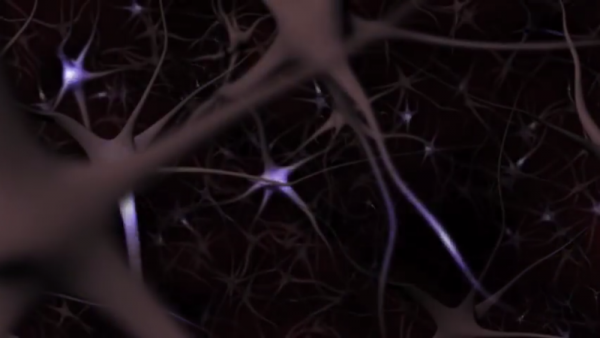By KM Diaz, | May 21, 2017

The size of the striatum is highly associated with intolerance of uncertainty. (YouTube)
According to a new study published in American Psychological Association, people with larger striatum, a region of the brain generally associated with anxiety disorder, have fear of uncertain future.
Justin Kim, Ph.D., the lead author of the study from Dartmouth College, said that uncertainty and potential future threats are important, especially in understanding the period of anxiety and anxiety disorders. The study indicates a connection between the volume of gray matter in a particular region of the brain and the ability of a person to deal with uncertainty.
Like Us on Facebook
61 healthy students are involved in the study, in which they had MRI scans after answering a survey used to gauge their capacity to tolerate future negative events and the uncertainty of future. After that, researchers analyzed the results of the MRIs to compare them to the results on the scores of the survey. Researchers were able to identify that the size of the striatum is highly associated with intolerance of uncertainty.
Kim explains that people who struggle to cope in uncertain future had unusually large striatum. It is also the only region of the brain that increases in size.
In some previous studies, patients with general anxiety disorder and obsessive-compulsive disorder (OCD) were also found to have increased gray matter in the striatum, but this is the first time it has been found to be associated with intolerance of uncertainty without a confirmed diagnosis.
Additionally, the finding demonstrates how intolerance of uncertainty and increased striatal volumes can be observed in healthy individuals. However, researchers also noted that those who have larger striatum with intolerance of uncertainty does not necessary mean that they have generalized anxiety disorder or OCD.
Striatum has been known to play an important role in motor function, several studies in animals also suggest that it has an important part in predicting a specific action while learning new tasks.
Because the results were obtained from healthy individuals, Kim believed that the size of the striatum among young adults could be used to identify those who are at risk for OCD and generalized anxiety disorder later in life. Furthermore, this could also be the beginning on treating symptoms of these disorders by observing the striatum and monitoring the size over the course of treatment.
-
Use of Coronavirus Pandemic Drones Raises Privacy Concerns: Drones Spread Fear, Local Officials Say

-
Coronavirus Hampers The Delivery Of Lockheed Martin F-35 Stealth Fighters For 2020

-
Instagram Speeds Up Plans to Add Account Memorialization Feature Due to COVID-19 Deaths

-
NASA: Perseverance Plans to Bring 'Mars Rock' to Earth in 2031

-
600 Dead And 3,000 In The Hospital as Iranians Believed Drinking High-Concentrations of Alcohol Can Cure The Coronavirus

-
600 Dead And 3,000 In The Hospital as Iranians Believed Drinking High-Concentrations of Alcohol Can Cure The Coronavirus

-
COVID-19: Doctors, Nurses Use Virtual Reality to Learn New Skills in Treating Coronavirus Patients













